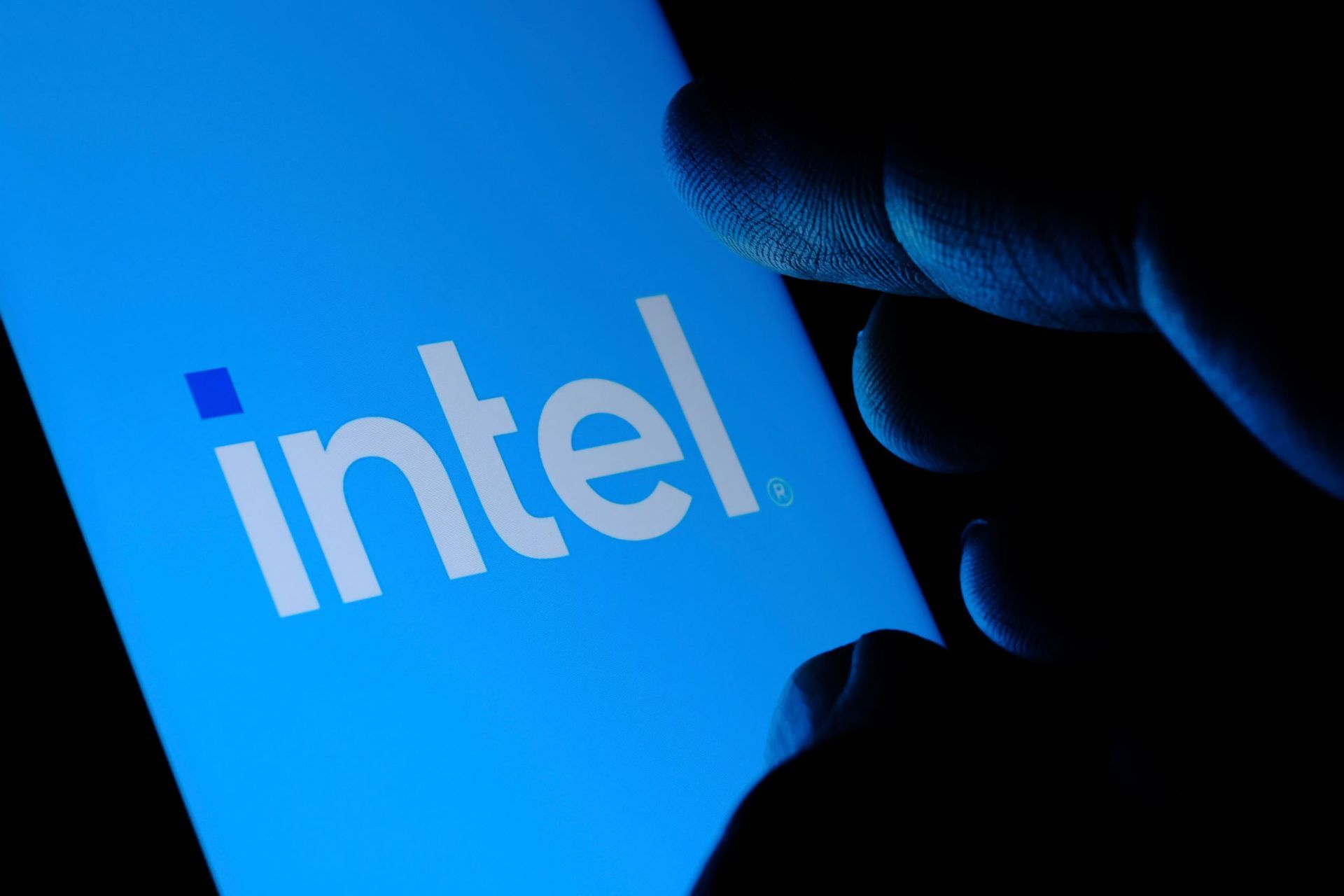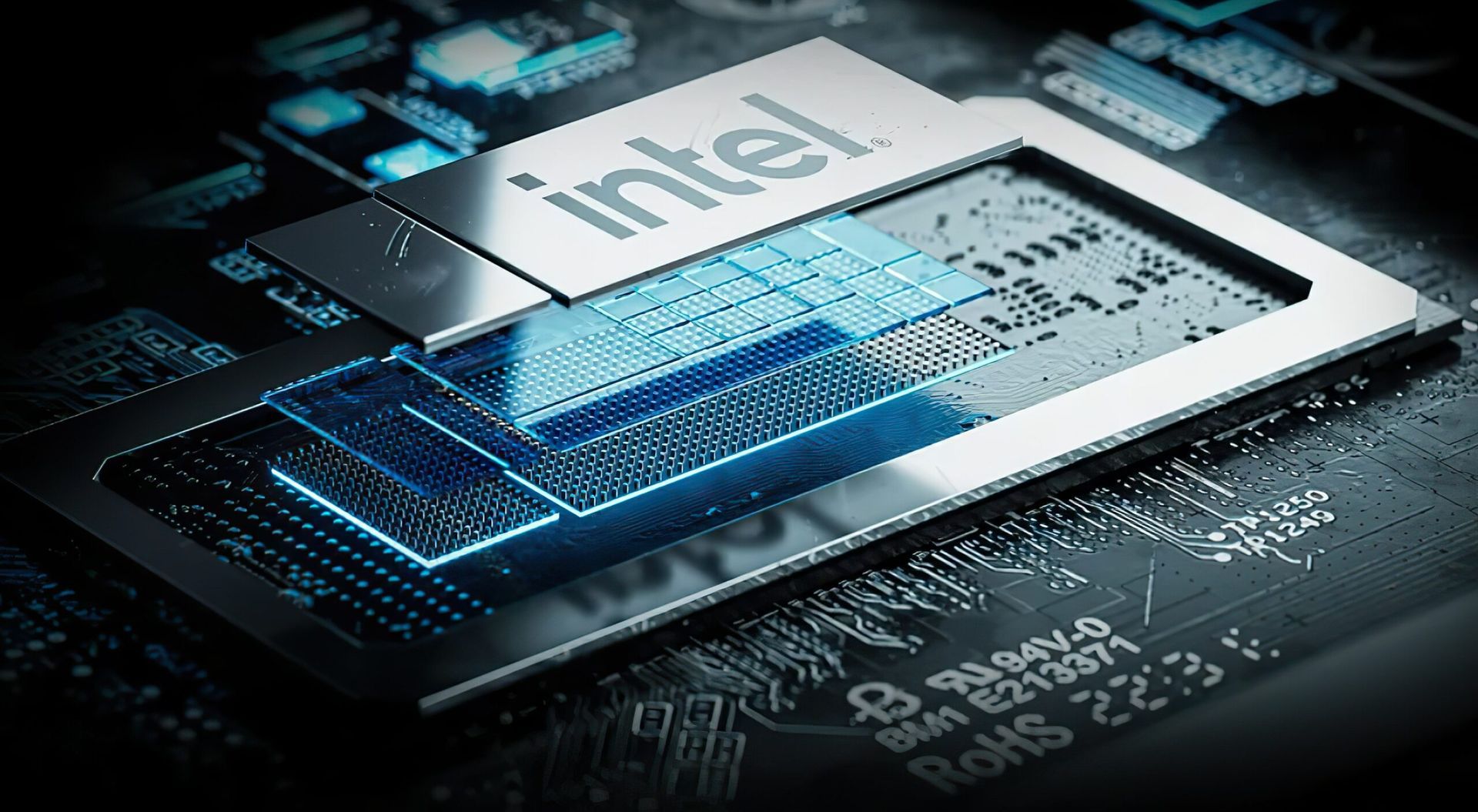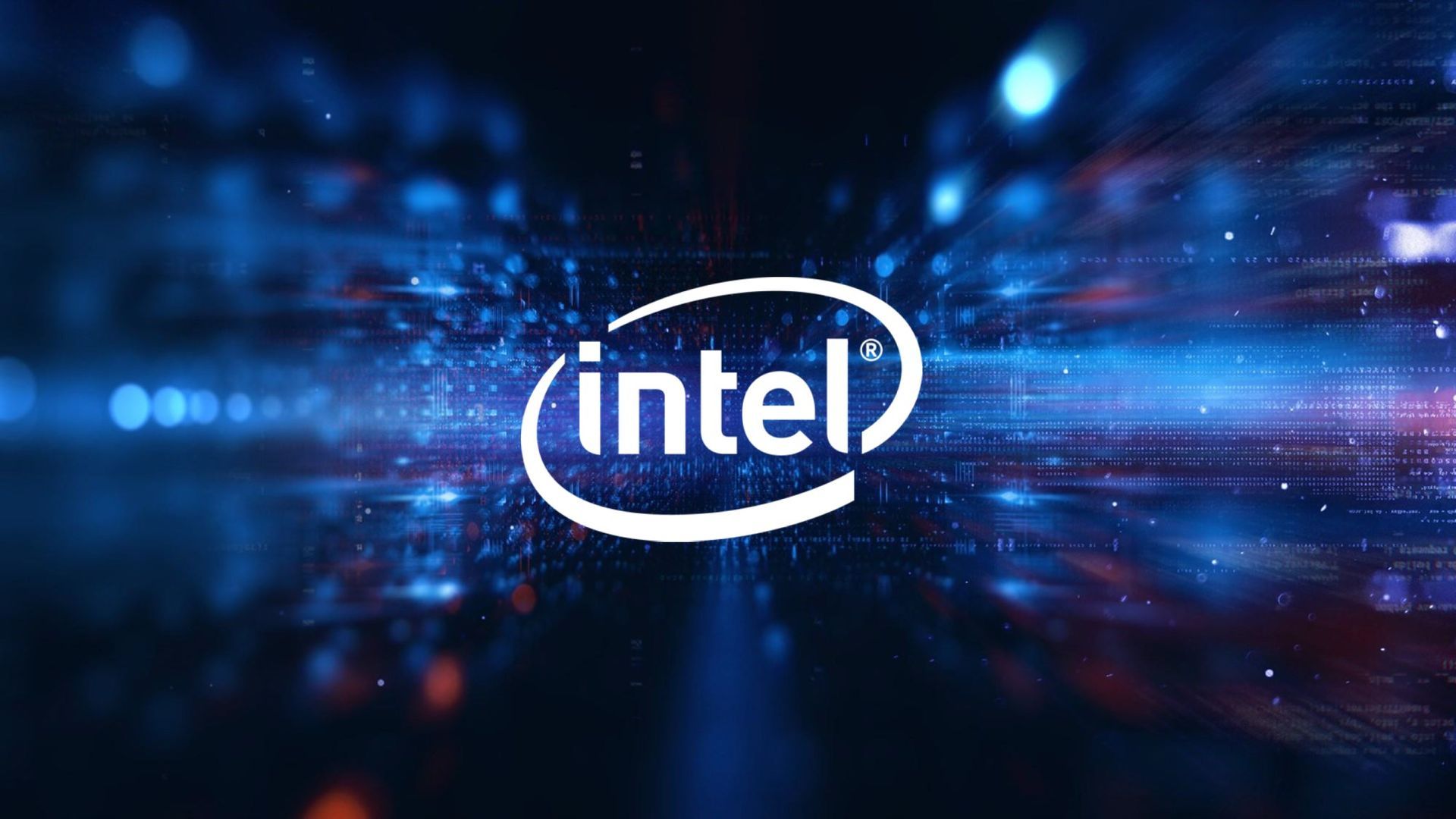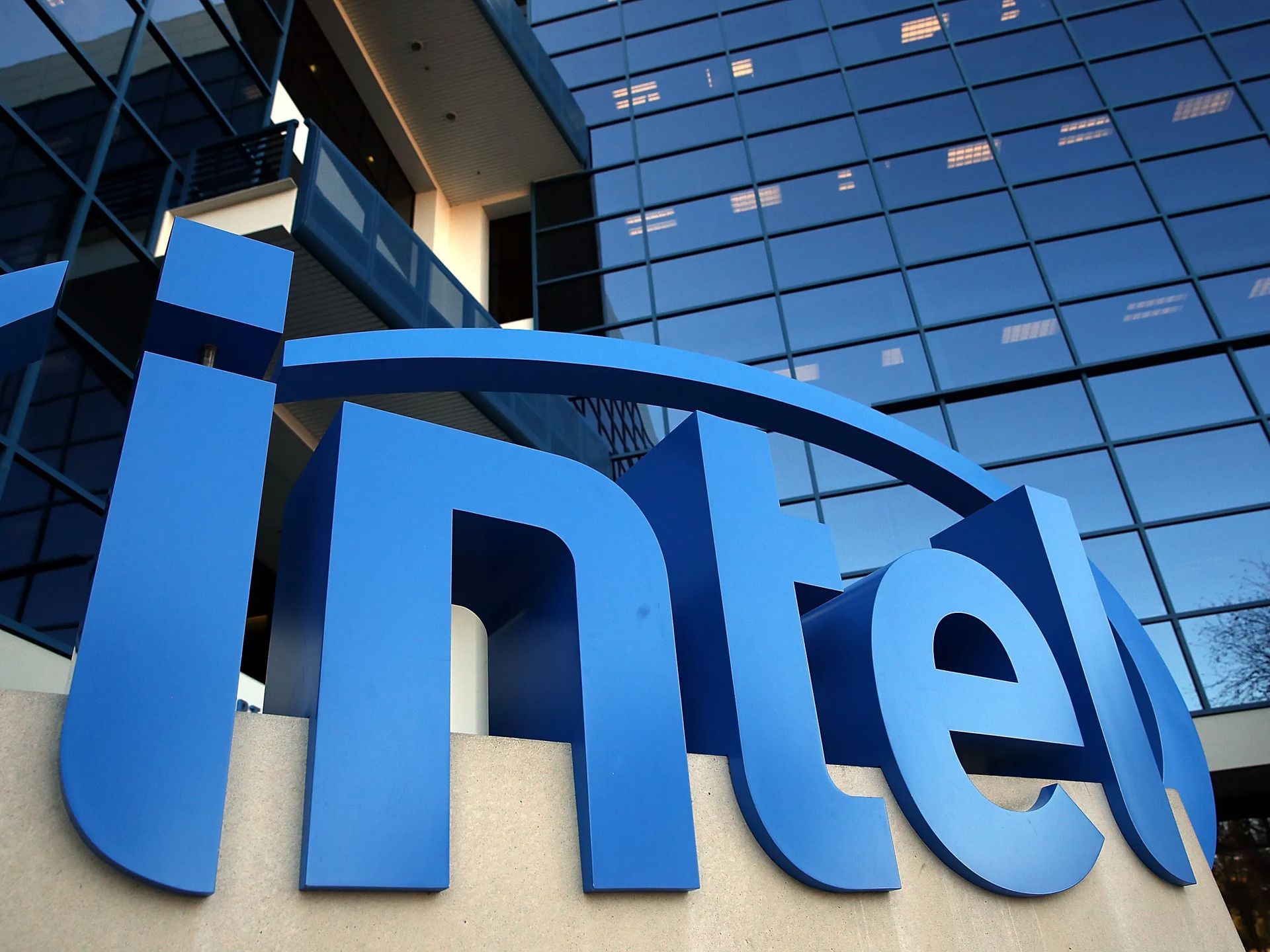Intel, the chip maker, is taking an unusual step of Intel pay cuts for its managers and senior executives as a cost-saving measure to prepare for an expected downturn in the first half of the year. According to sources, the cuts range from 5% for mid-level workers to 25% for CEO Pat Gelsinger, while other senior managers will experience a 10% reduction in base pay. It’s important to note that these cuts will only affect base salaries and some other minor benefits, and will not have an impact on the bonuses and stocks that make up a large portion of top executives’ total compensation.

In 2022, Intel stated that CEO Pat Gelsinger’s targeted remuneration was $26.3 million, with only $1.25 million of that amount representing base pay, which will be subject to the pay cut. The remaining compensation is expected to come in the form of a cash bonus and long-term incentive equity award. This highlights the significance of bonuses and stocks in top executives’ overall compensation packages.
Intel pay cuts came right after the surprise warning to Wall Street
The news of pay cuts comes just a week after Intel issued a surprise warning to Wall Street, stating that its revenue this quarter is likely to be 40% below the same period the previous year. The company attributed the collapse in sales to a sudden exacerbation of an inventory correction that has impacted the chip industry since last summer, and some analysts believe it may also reflect a further loss of market share.
Despite these challenges, Intel is taking action to navigate the macroeconomic headwinds and reduce costs across the company. The company stated that the pay cuts will “help support the investments and overall workforce needed to accelerate our transformation and achieve our long-term strategy”. In doing so, Intel aims to ensure its continued success and position itself for future growth.
Even Apple’s decision on making their own chips instead of working with Intel is yet another reason behind Intel pay cuts.
Intel was financially struggling for a long time
Before the recent decline in sales, Intel was already facing a financial strain. Despite the decrease in the PC market, the company is still investing heavily and maintaining its dividend payment to shareholders, which eventually led to Intel pay cuts. Unlike many technology companies, Intel has not announced company-wide layoffs, instead, the decision to cut costs has been left to individual business units as the company aims to reduce its annual operating budget by $3 billion by the end of 2023.

In recent weeks, reports of localized job cuts have surfaced, with official filings in California indicating plans to reduce the workforce by over 500 employees at two of its facilities in the state. Despite these challenges, Intel hired 10,800 workers in 2022, increasing its workforce by 9% even as its revenue dropped by 16% and it reported a negative adjusted free cash flow of $4 billion for the year.
Why did the PC market crash?
As we mentioned before PC market crash is the reason behind the Intel pay cuts. The personal computer market saw a resurgence in 2020 and 2021, with sales reaching levels not seen in nearly a decade. However, even analysts knew this was just a temporary increase due to the pandemic, and that demand would eventually drop. By 2022, the PC market faced challenges as stockpiles were growing while demand was decreasing.
Data from Counterpoint Research showed that for the full year of 2022, PC shipments declined by 15% year-on-year. In the last quarter of 2022, global PC shipments fell by 27.8% year-on-year to 65.2 million units. The year-end season was unable to boost PC shipment momentum in Q4, according to Counterpoint.
During the pandemic in 2020 and 2021, PC sales rose due to the increase in remote work and online learning. However, with four consecutive quarters of declining PC shipments, the industry’s demand boom has come to an end. Consumers have become more cautious with their spending due to inflation, rising interest rates, and fears of a potential recession, while enterprises are holding off on their large IT expenditures due to macroeconomic challenges.

Despite the easing of supply-chain issues, high inventory levels are now a problem as a result of weakened demand for consumer and commercial PCs, according to a report by Gartner.
That cover all of our and the media’s thoughts on the Intel pay cuts. With the end of the pandemic and due to the many effects of the 2023 economic crisis many companies are taking steps towards downsizing, but we look forward to what we expect in the second half of 2023.





